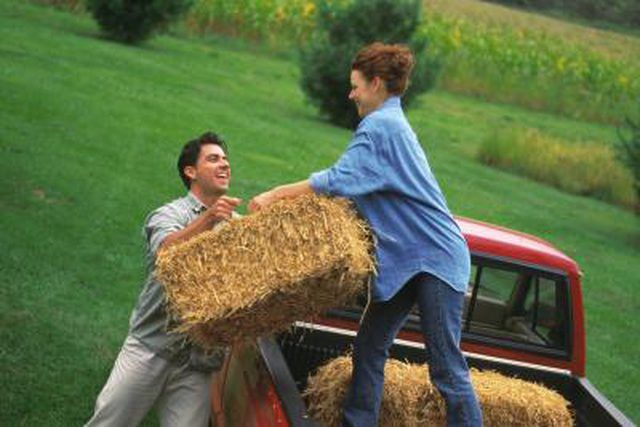Bulbs
Flower Basics
Flower Beds & Specialty Gardens
Flower Garden
Garden Furniture
Garden Gnomes
Garden Seeds
Garden Sheds
Garden Statues
Garden Tools & Supplies
Gardening Basics
Green & Organic
Groundcovers & Vines
Growing Annuals
Growing Basil
Growing Beans
Growing Berries
Growing Blueberries
Growing Cactus
Growing Corn
Growing Cotton
Growing Edibles
Growing Flowers
Growing Garlic
Growing Grapes
Growing Grass
Growing Herbs
Growing Jasmine
Growing Mint
Growing Mushrooms
Orchids
Growing Peanuts
Growing Perennials
Growing Plants
Growing Rosemary
Growing Roses
Growing Strawberries
Growing Sunflowers
Growing Thyme
Growing Tomatoes
Growing Tulips
Growing Vegetables
Herb Basics
Herb Garden
Indoor Growing
Landscaping Basics
Landscaping Patios
Landscaping Plants
Landscaping Shrubs
Landscaping Trees
Landscaping Walks & Pathways
Lawn Basics
Lawn Maintenance
Lawn Mowers
Lawn Ornaments
Lawn Planting
Lawn Tools
Outdoor Growing
Overall Landscape Planning
Pests, Weeds & Problems
Plant Basics
Rock Garden
Rose Garden
Shrubs
Soil
Specialty Gardens
Trees
Vegetable Garden
Yard Maintenance
How to Adjust the Bale Size on a 430 International Square Baler
How to Adjust the Bale Size on a 430 International Square Baler. The act of baling hay is the final step in a process that includes cutting, drying and raking. A baler will compact the hay into bundles, making transport and storing of the forage more efficient. Balers are designed according to the size and shape of the bales desired by farmers....

The act of baling hay is the final step in a process that includes cutting, drying and raking. A baler will compact the hay into bundles, making transport and storing of the forage more efficient. Balers are designed according to the size and shape of the bales desired by farmers. Large livestock operations might prefer round bales that are ordinarily -- but not necessarily -- larger than bales of other shapes. A smaller farm or nursery can work optimally with smaller square or rectangular bales. For this latter constituency, the International Harvester Corporation introduced its model 430 square baler in the 1970s. The bale size can be modestly affected by adjusting the length.
Turn off the tractor and baler, detaching the implement from the tractor power takeoff. Empty the bale chamber of any residual contents.
Locate the metering wheel, usually found between the bale chute and feed auger. This component rotates as the bale is formed within the chamber. Upon contact with the bale contents by means of a projected trip arm, the knotting device is triggered to begin tying off the bale. The knotting cam then resets the trip arm when the bale is tied and ejected.
Release the knotter mechanism manually, rotating the metering wheel so the trip rod is moved to a position closest to the rear of the chamber.
Loosen the bolts for the right and left brackets that hold the knotter assembly in place. Move the brackets in accordance with your desired bale length. Tighten the bolts, while ensuring that the meter wheel shaft is perpendicular to the bale chamber.
Re-engage the knotter trigger if it is out of position.
Tips & Warnings
A hay baler has many sharp and moving parts. Procure a copy of the safety instructions for the IH 430 and follow them to the letter.
Always disengage the implement from the tractor before making any adjustments.